
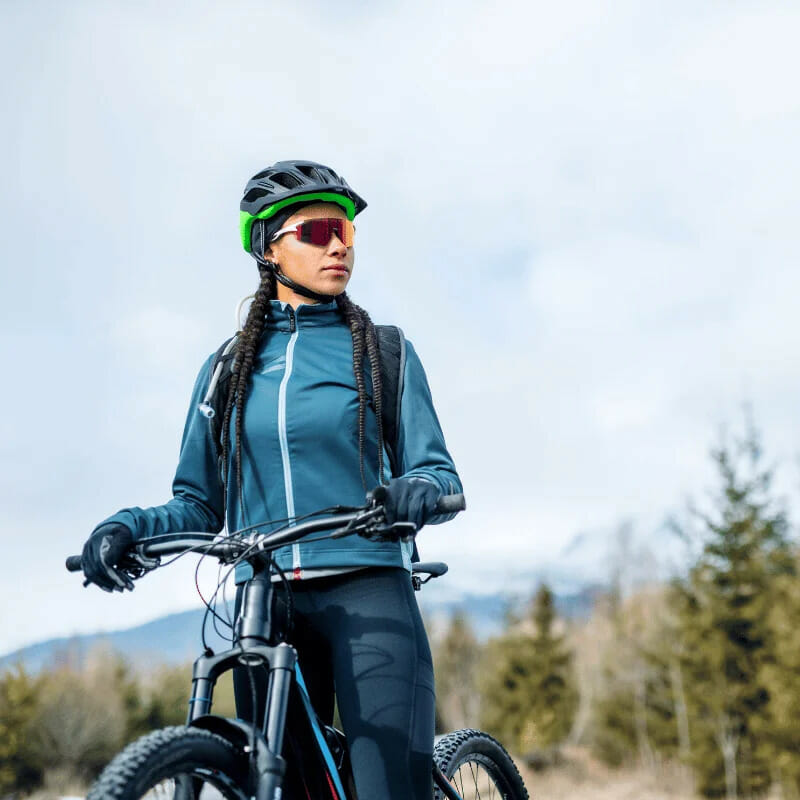
Mountain biking is exploding in popularity, and I can understand why! The combination of fresh air and nature, the mental challenges posed by technical terrain, and the fantastic mountain biking community make this sport a joy for the mind and body.
If you’ve ever gone mountain biking before, then this should come as no surprise: Mountain biking is a very physically demanding sport! Fueling your body properly is vital for your performance, recovery, and longevity as a mountain biker.
There’s very little scientific research on nutrition for mountain bikers. However, many of the nutrition principles that apply to endurance athletes apply to cross-country mountain bikers. In contrast, nutrition guidelines for strength and power athletes may serve downhill mountain bikers and freeriders well.
In this article, I’ll discuss the fundamentals of mountain biking nutrition, including how to personalize your nutrition based on the type of mountain biking you perform. I’m confident you’ll walk away from this article with at least one new nutrition strategy that will up-level your mountain biking performance and health!
Please note that I am an affiliate for some of the products I’ve linked to in this post. If you click the link here and make a purchase, I may earn a commission at no extra cost to you.

Over the past few decades, mountain biking has evolved into multiple disciplines. My aim is to provide a brief overview of each discipline because different mountain biking disciplines require slightly different nutrition approaches.
Cross-country mountain biking is the most common form of mountain biking that involves biking off-road, typically on established trails, through diverse terrain.
Cross-country mountain biking trails often involve long climbs, flowing descents, and technical, rocky terrain. Cross-country mountain biking is an endurance sport and necessitates an endurance-oriented nutrition approach. Maintaining a high aerobic capacity over a long period is critical.
Downhill mountain biking involves driving or taking a lift up to the top of a trail and then riding down the mountain (typically as fast as possible). This type of riding involves riding at maximal intensity for just a few minutes.
Downhill mountain biking is one of the riskiest and potentially most thrilling forms of mountain biking.
Slopestyle is a form of downhill mountain biking that involves performing tricks on man-made objects, such as ramps, while riding downhill.
Based on the physical demands of slopestyle, I suspect it relies predominantly on the body’s anaerobic energy system.
Freeriding is a form of mountain biking in which riders perform flips, jumps, and other tricks while riding on natural terrain. It involves a high level of skill, creativity, and technique.
Enduro is a form of mountain bike racing where downhills are timed and uphill rides are mandatory but not timed. Ultimately, the rider with the fastest cumulative time wins.
Enduro races typically last 1-2 days and may involve completing 6 timed downhill rides daily.
Additional mountain biking disciplines are constantly emerging, so this is not a definitive list! However, the four mountain biking disciplines I’ve described are the most common, and my discussion of nutrition for mountain biking will be centered around these disciplines.
Why does nutrition matter for mountain bikers? Here are just a few reasons:
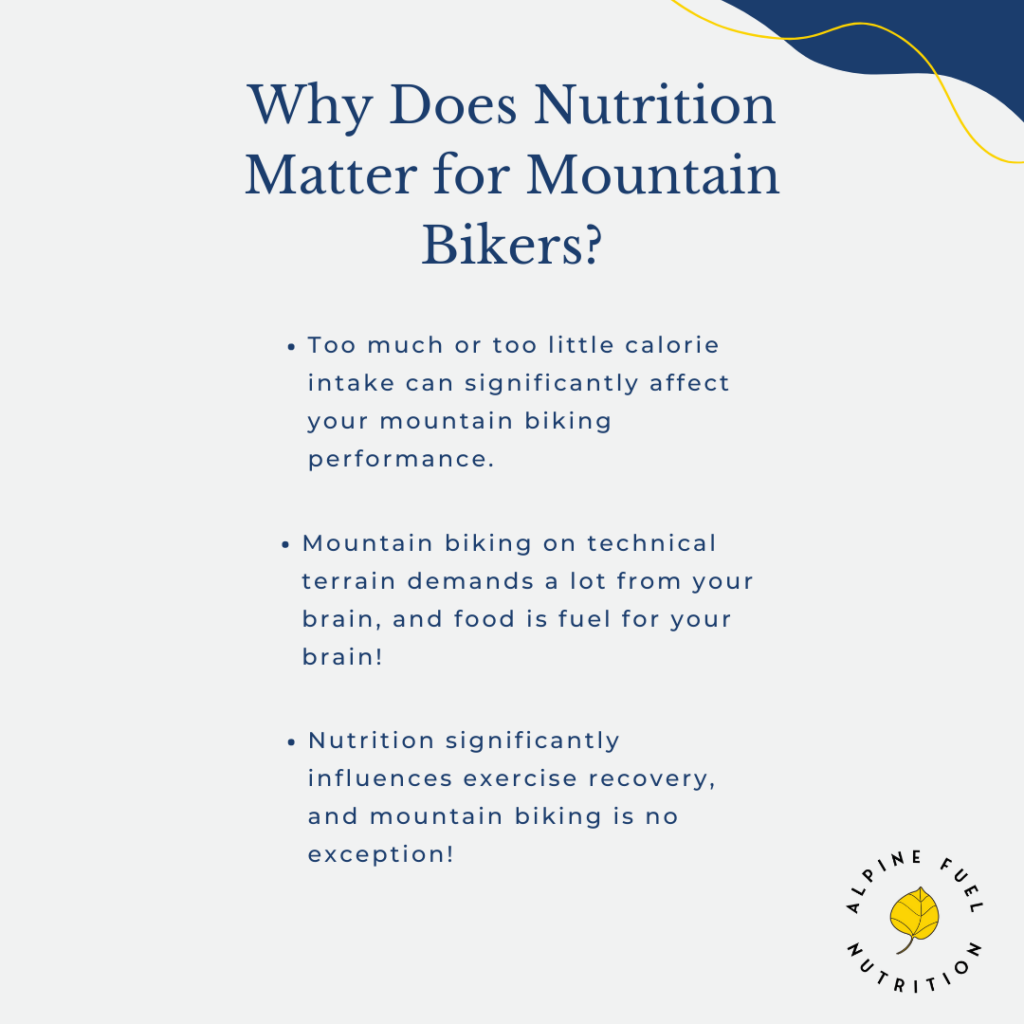
Here are some signs that your mountain biking nutrition plan may need some work:
Every mountain biker’s nutritional needs will differ based on their unique biology, age, weight, sex, training load, and health goals. However, there are some basic nutrition foundations that all mountain bikers should prioritize.
Let’s discuss each of these mountain biking nutrition foundations in turn.
Your diet is built upon three macronutrients: Carbohydrate, protein, and fat. Making smart, strategic macronutrient choices is foundational to feeling and functioning your best as a mountain biker.
How you fuel with carbohydrates will vary depending on whether you’re primarily an anaerobic or aerobic mountain biker.
Carbohydrates are the primary fuel source during short-duration, intense, anaerobic exercise. “Anaerobic” means “without oxygen” because the biochemical systems that fuel anaerobic exercise do not require oxygen. At a biochemical level, anaerobic exercise is fueled by carbohydrates. If you are predominantly a downhill mountain biker or freerider, you primarily use your body’s anaerobic energy system to fuel your ride.
Aerobic exercise (aerobic means “with oxygen”). At a biochemical level, aerobic exercise can be fueled quite well with fat, though carbs still play an essential role in replenishing glycogen stores. Cross-country and enduro riders rely heavily on their aerobic energy system but also incorporate bursts of anaerobic activity, such as while riding up steep slopes or through challenging technical sections.
Making smart carbohydrate choices is vital whether you’re an anaerobic or aerobic-oriented mountain biker. Let’s differentiate refined vs. whole-food carbohydrates and the role that each type of carb should (ideally) play in your diet.
Refined carbohydrates are carbohydrates that have gone through a manufacturing process. This manufacturing process typically transforms the carbs into flour and then into flour-based foods like pasta, bread, and crackers. Refined carbs also include sugars, such as table sugar.
Refined carbohydrates are rapidly digested in the small intestine. Once these rapidly-digested carbs are absorbed, they can spike your blood sugar and then cause a steep blood sugar drop. This dramatic fluctuation can negatively impact your energy, focus, and cognition, all of which are vital when mountain biking!
A high intake of refined carbohydrates is also associated with gastrointestinal issues and unfavorable shifts in the gut microbiome. (Source)
In addition, refined carbohydrates are almost entirely devoid of the fiber, vitamins, minerals, and phytonutrients found in whole-food carbs and thus don’t offer the same benefits for an athlete’s gut health, blood sugar, or energy production.
On the other hand, whole-food carbohydrates, or carbohydrate-containing foods that have been minimally processed, are ideal foundational carb options for mountain bikers. Examples of whole-food carbohydrates include sweet potatoes, white potatoes, root vegetables, legumes, and whole grains such as quinoa and steel-cut oats.
Whole-food carbohydrates contain fiber, vitamins, minerals, and phytonutrients. These compounds support multiple aspects of your health that influence athletic performance and recovery, including gut health, cellular energy production, and exercise recovery. Whole-food carbs also support a balanced blood sugar response, providing your body with sustained energy. (Source, Source, Source)
Don’t get me wrong – there’s a time and place for eating refined carbs. However, for your long-term health and performance, refined carbs shouldn’t comprise the bulk of your carbohydrate intake.
Protein isn’t a significant energy source for your body while mountain biking. However, it is vital for building muscle, repairing muscle after exercise, balancing blood sugar, and recovering from injuries (among many other effects)!
Under-eating protein can cause fatigue, brain fog, mood issues, difficulty building and maintaining muscle, and may predispose you to injuries. Protein is an essential component of your mountain biking nutrition plan!
In my nutrition practice, I often recommend that mountain bikers aim for a protein intake of 20-25% of calories. In my experience, many athletes are under-eating protein and need to increase their protein intake to optimally support their bodies. For example, a mountain biker eating 2,200 calories/day would want to consume 110-138 grams of protein daily.
I recommend distributing your protein intake evenly across your daily meals rather than eating a ton of protein at one meal and a little protein at your other meals. Research suggests that an evenly distributed protein intake may be particularly important for supporting muscle mass in older adults; however, I have found an evenly-distributed protein intake to be beneficial for many young athletes too. (Source)
While fats are not a significant energy source for downhill mountain bikers, cross-country mountain bikers burn a significant amount of fat for energy while riding and may even choose to refuel with some fats, such as nut butter, during long rides.
In addition, eating enough dietary fat is crucial for supporting satiety, balanced blood sugar, hormones, and brain function.
Choose healthy fats such as:
Omega-3 fatty acids from seafood may be beneficial for reducing inflammation and muscle soreness and supporting exercise recovery. (Source)
Inflammatory fats, on the other hand, should be avoided if your goal is optimal climbing performance and recovery. The primary inflammatory fats we want to avoid are industrial seed oils.
Industrial seed oils (often referred to as “vegetable oils”) are the oils expressed from oilseeds, including canola (rapeseed), corn, cottonseed, grapeseed, safflower, soybean, and sunflower oils.
Industrial seed oils are recent additions to the human diet (we only began consuming them in significant amounts in the 20th century), and research suggests that consuming these oils drives inflammation and, possibly, chronic diseases like cardiovascular disease. (Source)
If your ride will begin several hours or more after waking, eat a balanced breakfast that provides a 2:1 to 1:1 ratio of carbs to protein 2-3 hours before the ride. You can then “top off” with some additional carbohydrates, such as a banana or a whole-food energy gel, such as Spring Energy, right before your ride.
If you’ll be riding shortly after waking and don’t want to eat a full meal, eat a pre-ride snack with a 2:1 ratio of carbs to protein. The goal is to provide enough carbohydrates to fuel your activity alongside some protein to “meter out” your blood sugar response.
If you are racing, you will want to glycogen load (i.e., carbohydrate load) approximately 24 hours before your race. Glycogen is a storage form of glucose in your liver and muscles. The purpose of glycogen loading before a race is to top off the glycogen stores in your liver and muscles, which can then be drawn upon for energy in the form of glucose while you’re racing.
The amount of carbohydrate you should consume while glycogen loading is highly individual and influenced by factors such as your body weight and typical carbohydrate intake. While you can certainly just “eat more carbs” while glycogen loading, this is a haphazard approach. I recommend working with a sports nutritionist who can help you create a personalized glycogen-loading plan for your event.
What you eat while mountain biking should be based on several factors, including:
A good rule of thumb for carbohydrate fueling during a ride lasting longer than 60-90 minutes is to consume 30-90 grams of carbohydrates per hour. I recommend starting at the low end of this range; you can experiment with increasing (or decreasing) your carb intake during your rides from there. However, I recognize that a lot of individual variability affects fueling during runs, so this recommendation is not set in stone!
So, can you simply fuel your ride with sports nutrition products, like gels and Bloks? While there’s absolutely a time and place for these simple sugar-based fuels, I recommend refueling your body with whole foods as much as possible during training. Processed sports nutrition products pose several potential problems if you rely too heavily on them:
Whole foods produce a more gradual and sustained amount of carbohydrates, as opposed to the rapid spike (and subsequent drop) in blood sugar prompted by ingesting purely processed sugary gels, chews, and sports drinks.
If you simply can’t tolerate whole foods during a long training ride or race, there are many options for gels and other sports nutrition products on the market. It can be difficult to choose! Typically, I prefer “gels” that are a bit closer to being a whole food, such as:
There are two fundamental nutrition principles to focus on after a mountain bike ride or race:
If you’re planning to do more than one MTB race in a day, your mountain biking nutrition plan needs to be a bit more aggressive to help you rapidly replenish glycogen in preparation for the next race. Here’s what I recommend for quickly replenishing glycogen between same-day MTB races (when you have less than 4 hours of recovery time):
There’s no easy answer to this question. Your energy needs as a climber depends on many factors, including age, height, weight, lean body mass, sex, activity level, and health goals.
However, one fact holds true for all climbers: You must eat enough calories to support your training and overall health. Restricting calories can cause significant problems for climbers, mainly if calories are restricted for an extended period.
A sports nutritionist can help you determine an optimal personalized calorie intake. In the meantime, a total daily energy expenditure (TDEE) calculator can help you approximate your calorie needs.
Mountain biking takes us through challenging environmental conditions, including gnarly terrain, heat, and high altitude. Heat and altitude, in particular, can promote dehydration. Dehydration, in turn, can significantly hinder your mountain biking performance and overall health.
Even minimal dehydration, 2% of your body weight, can begin to hinder your athletic performance by reducing your blood volume and the amount of oxygenated blood pumped to working muscles. (Source)
A good rule of thumb is to start by aiming to drink half your body weight in ounces of water throughout the day. On top of that, drink to thirst during rides under an hour. Aim to drink 8-16 ounces of water per hour for rides longer than an hour.
For rides lasting under an hour, plain water will suffice. For rides lasting over an hour, you should replenish your body with water plus electrolytes to replenish electrolytes lost in your sweat. I recommend a low-osmolality hydration mix such as Skratch Labs Hydration Sport Drink Mix.
Determining how much water and electrolytes to drink during a ride requires self-experimentation. Your body size, how much you sweat, the composition of your sweat, the intensity of your exercise session, altitude, heat, and humidity all affect your water and electrolyte needs.
As an adventurous and athletic mountain biker, you should look at food as fuel for your body. Put the right fuel in your “tank,” and your mountain biking performance will soar! Put low-quality fuel in the tank or fail to fill the tank appropriately, and your performance will suffer.
I hope the foundational mountain biking nutrition information I’ve shared in this article will help you up-level your nutrition so you can feel, function, and ride your best!
If you need personalized nutrition guidance to support your mountain biking training, I would love to help! You can learn more about how I work with mountain athletes and contact me for more information here.
Would you like a super convenient, easy-to-read, PDF version of this comprehensive blog? Grab your PDF copy of Mountain Biking Nutrition: Powerful Nutrition Principles for Fueling Your Ride and Health!
The content provided on this nutrition blog is intended for informational and educational purposes only. It is not a substitute for professional medical advice, diagnosis, or treatment. Always seek the advice of your physician or other qualified health provider with any questions you may have regarding a medical condition. Never disregard professional medical advice or delay in seeking it because of something you have read on this blog.
The information and recommendations presented here are based on general nutrition principles and may not be suitable for everyone. Individual dietary needs and health concerns vary, and what works for one person may not be appropriate for another.
I make every effort to provide accurate and up-to-date information, but the field of nutrition is constantly evolving, and new research may impact dietary recommendations. Therefore, I cannot guarantee the accuracy or completeness of the information presented on this blog.
If you have specific dietary or health concerns, please consult a qualified nutritionist or another healthcare professional for personalized guidance.
I empower others through nutrition to conquer their mountain adventures, drawing from my own experiences.
With a background in Biomedical Science and an M.S. in Human Nutrition, I’m a Certified Nutrition Specialist and Licensed Dietitian Nutritionist. My journey in functional medicine has equipped me to work alongside athletes and tackle complex health cases. As a passionate trail runner, backcountry skier, and backpacker, I strive to support others on their paths to peak performance and well-being.
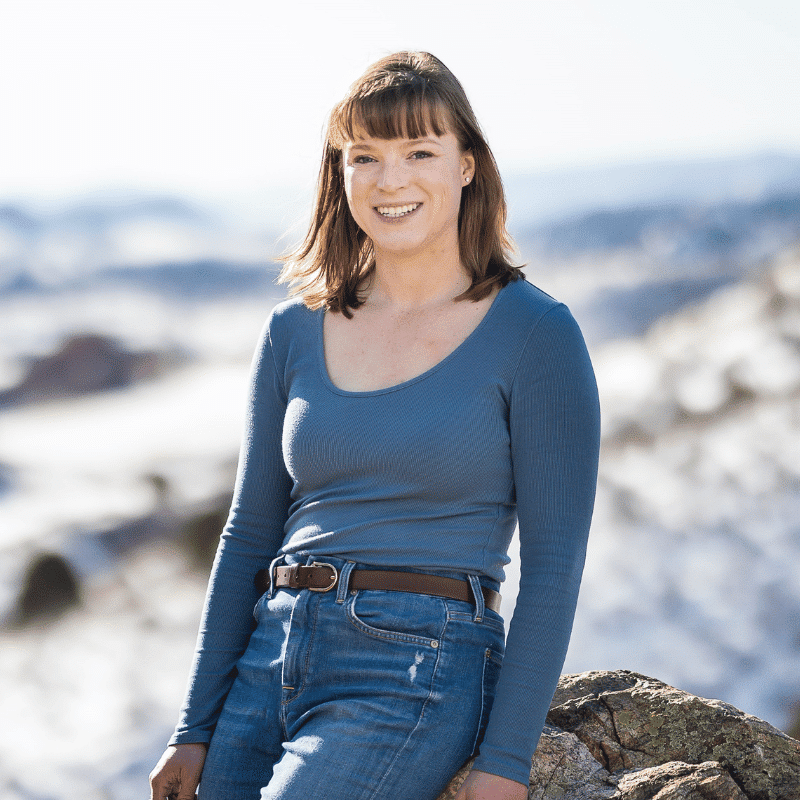



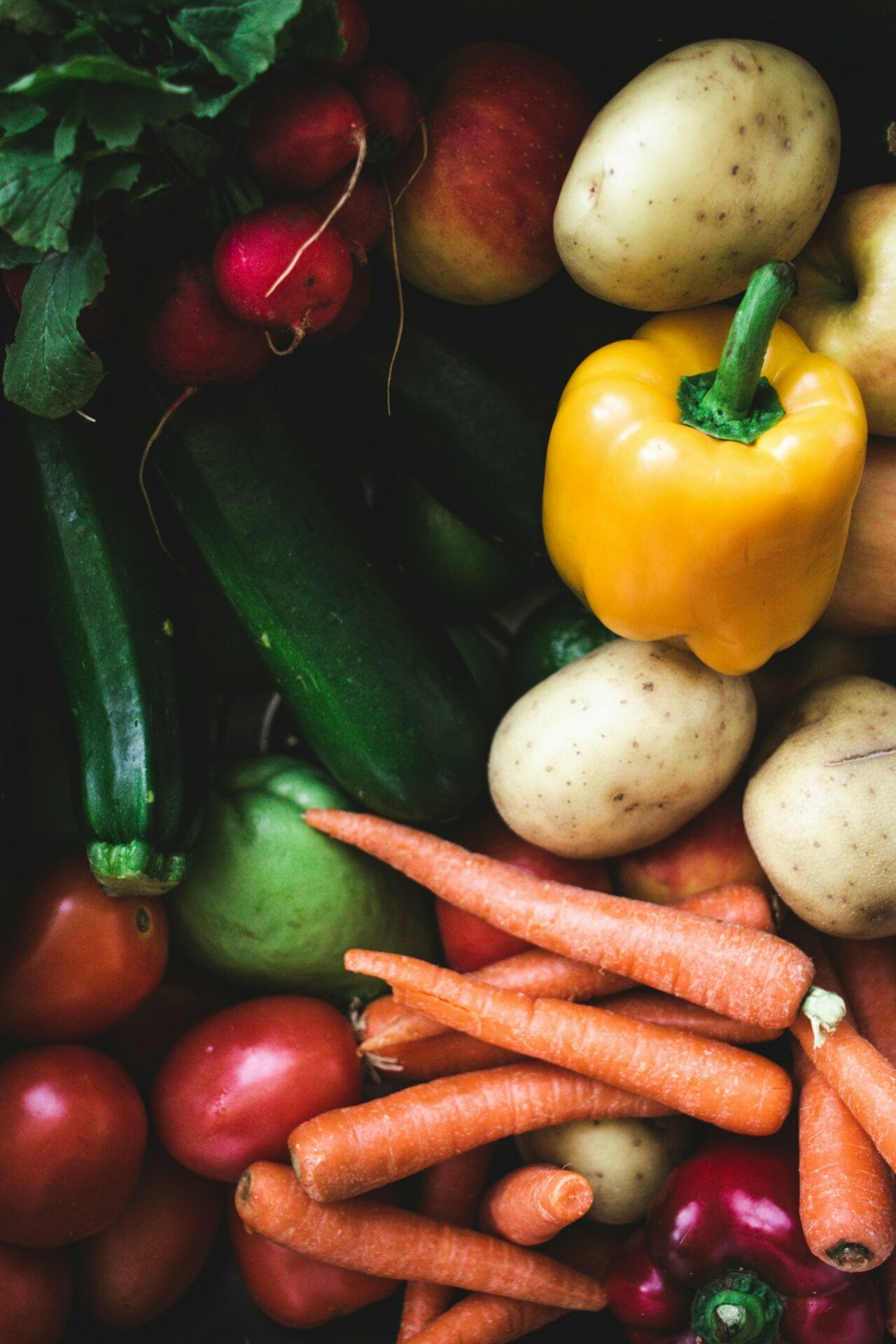

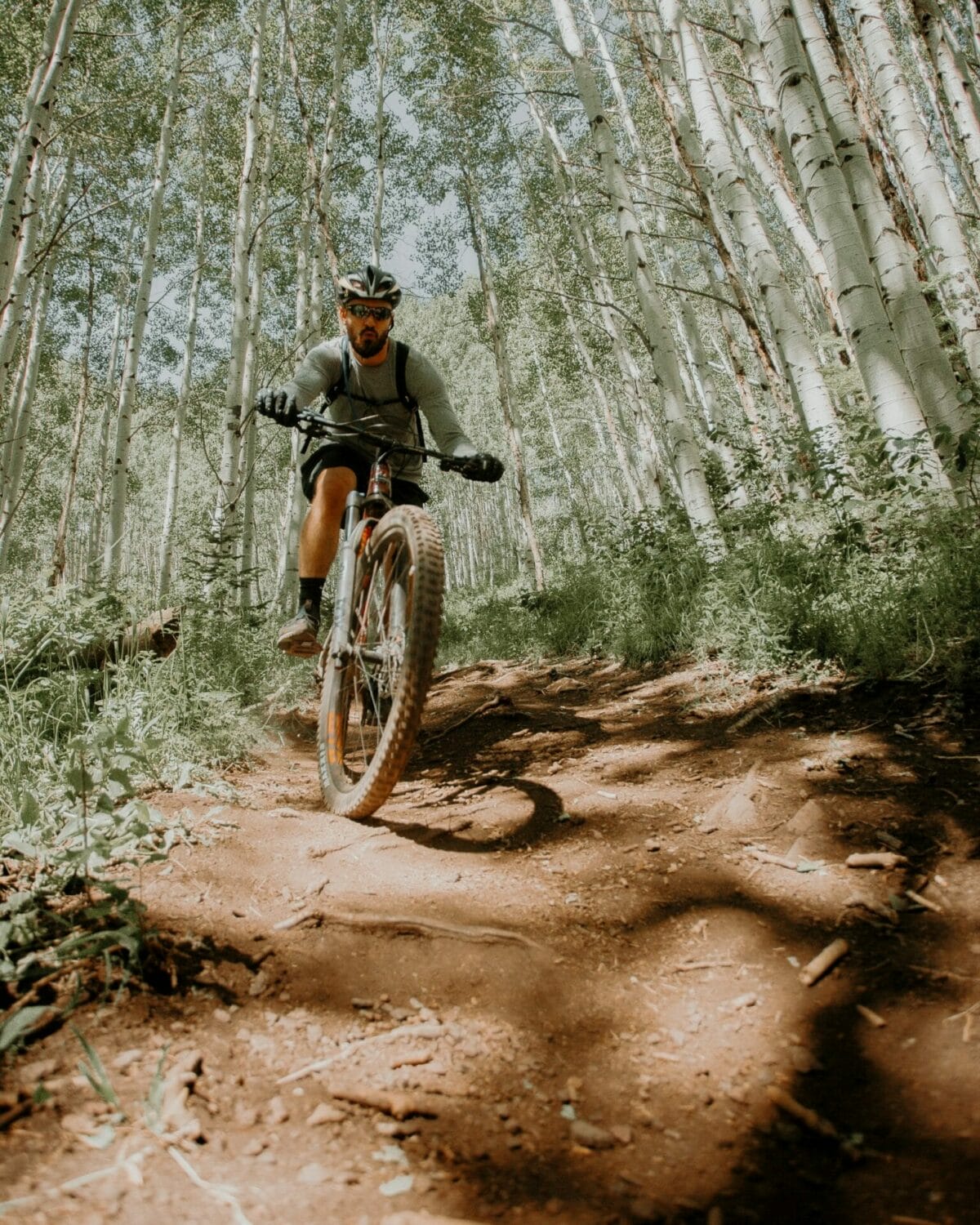
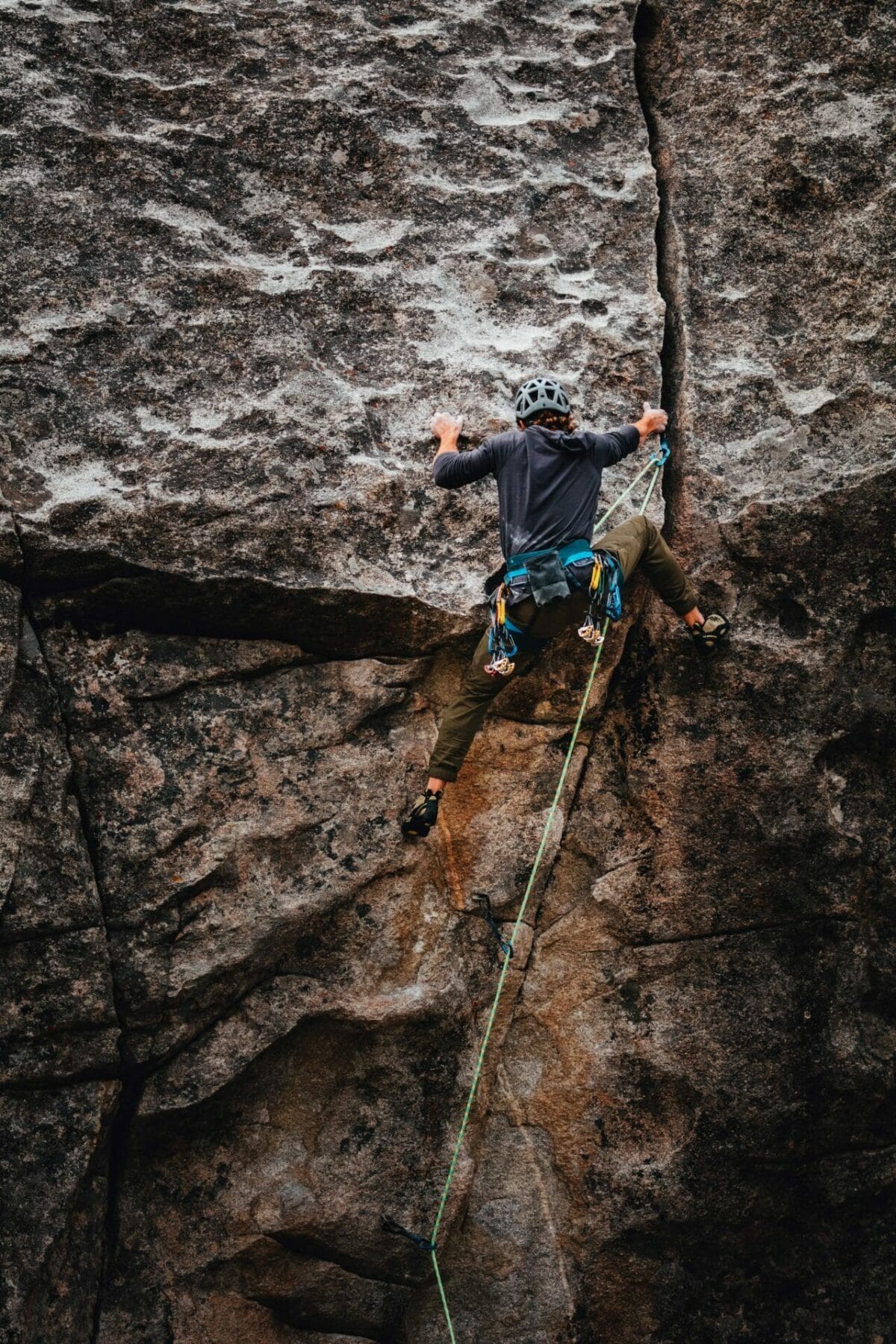
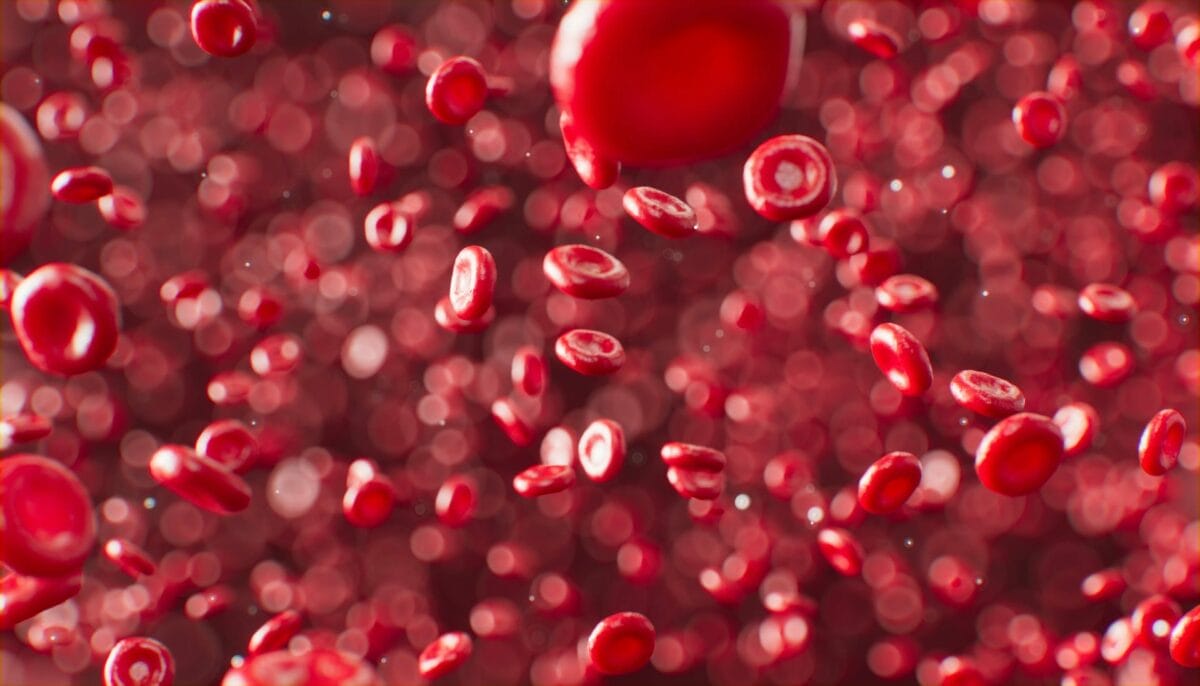
Sign up for updates that come right to your inbox.